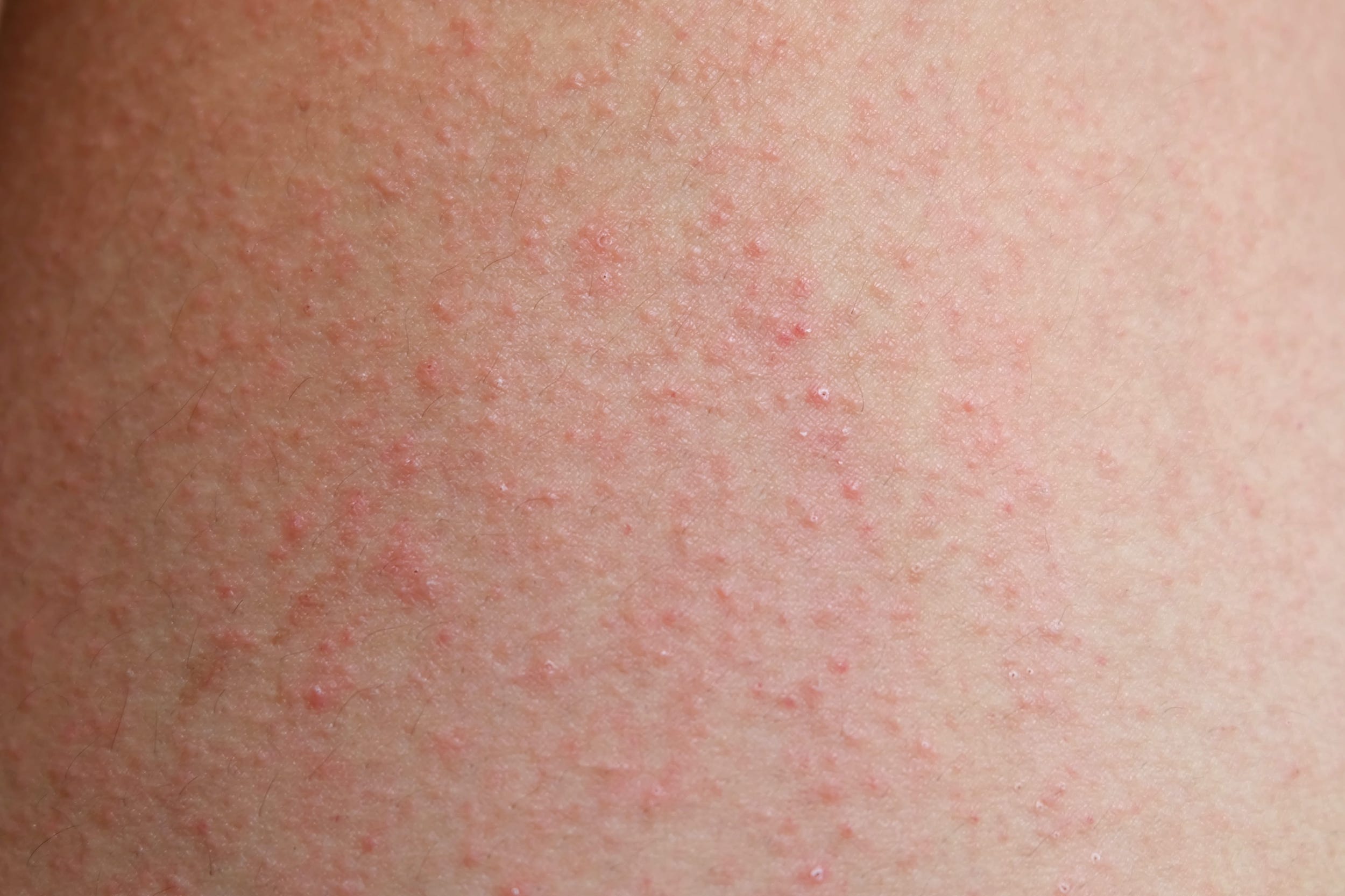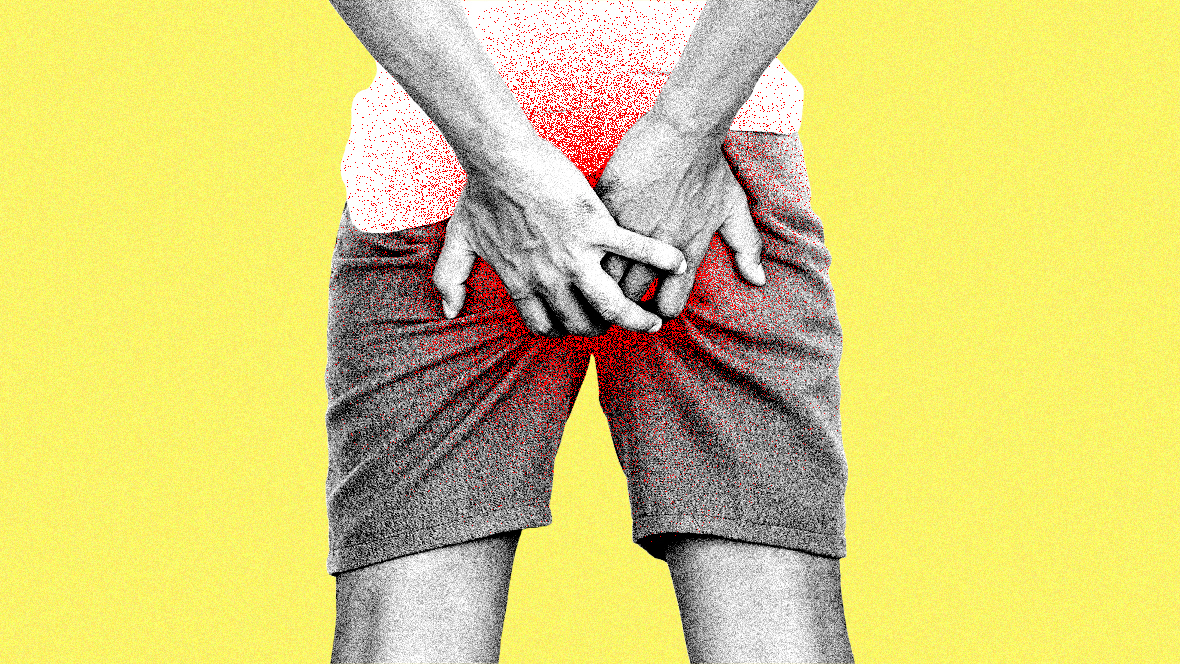

- #CHAFING RASH BETWEEN BUTTOCKS CHEEKS HOW TO#
- #CHAFING RASH BETWEEN BUTTOCKS CHEEKS CRACKED#
- #CHAFING RASH BETWEEN BUTTOCKS CHEEKS SKIN#
- #CHAFING RASH BETWEEN BUTTOCKS CHEEKS FULL#
#CHAFING RASH BETWEEN BUTTOCKS CHEEKS SKIN#
It actually bonds to your skin rather than just coating it (fancy!), and it’s waterproof. This cream is designed for feet and blistering.
#CHAFING RASH BETWEEN BUTTOCKS CHEEKS FULL#
Is there anything coconut oil can’t do? Full of polyphenols and fatty acid components, coconut oil creates a protective, antibacterial, and anti-inflammatory barrier. To avoid grease stains, you can also cover the chafed area with a bandage after applying a lubricant or wait until you get home, strip down to your skivvies, and lube it up! Our picks If your lubrication of choice is oily, be careful using it anywhere that could stain your clothes. Lubricating products are made for all areas. Many products also contain anti-inflammatory or cooling agents (like aloe vera) to help soothe red, raw skin. Natural oils and moisturizers, like coconut oil and shea butter, can also make great chafing lubricants and are inexpensive. Ointments, creams, oils, and other lubricating products can help reduce hot spots by creating a barrier against moisture and friction. The evidence against it may be weak, but with so many safer alternatives, it’s a good idea to skip the talc! Lube up How it works Talc is also banned in Europe for use in health and beauty products. A 2018 review of studies found a slight link between the use of talcum powder and ovarian cancer. Talcum powder (the original baby powder) used to be the go-to powder for chafing and diaper rash, but it’s been shrouded in controversy for years. Then fancy it up a bit with powdered calendula and lavender essential oil to help soothe sore skin. Make your own powder by using cornstarch and/or arrowroot as a base. This powder absorbs moisture to keep you smooth while tiny shavings of cocoa butter nourish your skin. Smell sexy AF and be chafe-free with jasmine-and-vetiver-scented cornstarch and kaolin clay.

Like the original, this product contains cornstarch for a silky-smooth feel. This OG chafing powder features cooling calamine. Featuring an intense cooling action, it fights sweat, odor, and chafing all day long.

You can use powder just about anywhere on your body, and there are male- and female-specific powders ideal for your downstairs equipment. Some powders can end up clumping (aggravating chafing even more), so try different products to see what works best for you.
#CHAFING RASH BETWEEN BUTTOCKS CHEEKS HOW TO#
How to prevent (and heal) the chafe Use the power of powder How it worksīaby powder, cornstarch, and other anti-chafing powders wick away moisture and create a barrier between skin and fabric (or skin and skin) to reduce friction.
#CHAFING RASH BETWEEN BUTTOCKS CHEEKS CRACKED#
Sports bras usually prevent nipple chafing in women, but ill-fitting and poorly designed bras can cause chafing elsewhere (hello, underboob and armpits).īreastfeeding is the demon of nipple chafing, especially for first-timers, and can do major damage in the form of cracked and bleeding nips. Nipple chafing is common for men who run with shirts on. Bras can also cause underboob chafing, especially if they’re too tight or too loose. If your girls (or boys) are hanging low, sweat and friction can cause chafing. The arm skin between your armpits and your side is also prone to chafing from skin or clothing. ArmpitsĪrmpit chafing can happen if you wear the wrong size shirt or bra, if you shave your pits, or if you just have sensitive skin. Shouldersįriction from bra straps, sports bras, backpack straps, and even just ill-fitting shirts can cause chafing on your shoulders. And if you live in a larger body, chafing can happen in folds of skin on your neck and chin. High-necked clothing can also cause neck chafing. This is a common chafing area for people who swim, because bathing suit straps can rub on your neck. Share on Pinterest Illustrations by Brittany England Neck


 0 kommentar(er)
0 kommentar(er)
